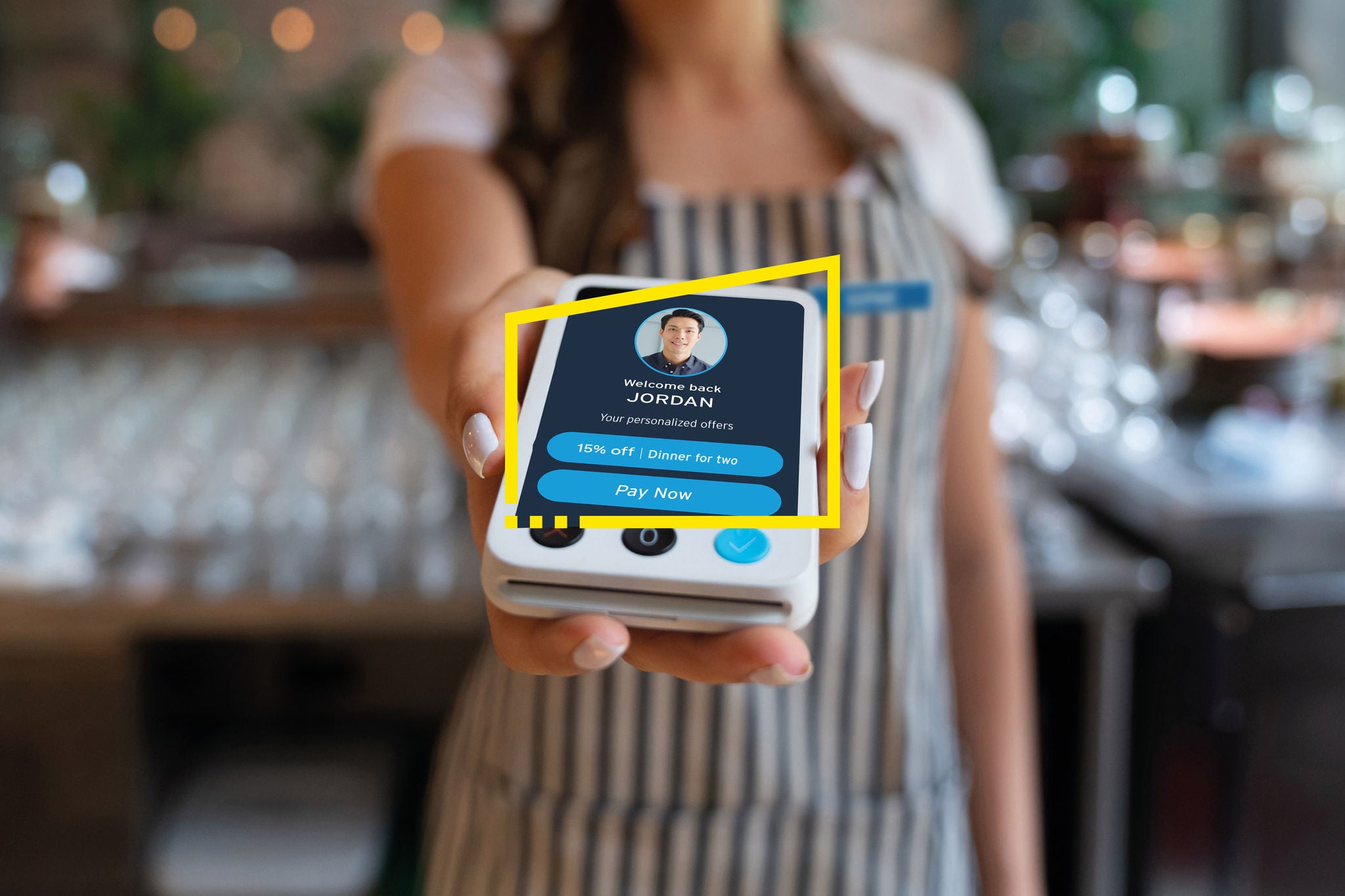Implementing new business models that facilitate emerging technologies
The data shows two clear actions that retailers will need to explore going forward to facilitate the implementation of a successful digital transformation strategy:
1. 5G will be key — but there are challenges associated with its adoption
A crucial consideration for retailers is that emerging technologies cannot be considered in isolation. They require the right infrastructure and integration to run smoothly and consistently. With its low latency, high speed and bandwidth, 5G is ideally suited to act as the “glue” for emerging technologies in retail infrastructure. However, many retailers see significant challenges along the way. Seventy-seven percent believe that successful 5G-IoT implementation will require an overhaul of their organization’s operating model over the next five years. That is a major undertaking.
2. Closer collaboration with technology suppliers is the goal — but will require a shift of mindset
While retailers are looking to speed up their digitalization programs and develop strategies for emerging technologies, they have expressed a greater desire for collaboration across ecosystems. Sixty-three percent of the retail respondents say that the pandemic has driven a closer collaboration between their organization and technology providers.
But, while most retailers see the need for closer collaboration, many are not following through to realize the opportunity. Sixty-nine percent say that their current interactions with 5G vendors are still largely tactical and transactional. This may be because it requires a significant shift in the mindset of retailers, which have historically been accustomed to developing systems in-house and training their own people. However, if they are to get to where they need to be at the required pace, it is simply not possible to recruit or train the right talent fast enough. They will have to find alternative ways to get the skills they need — and collaboration is the only feasible option.
Harnessing the three I’s to realize the power of retail technology
We are heading toward a hybrid future where consumers no longer care about the channel they use. They just want to buy the products and services they want with a consistency of experience, wherever they shop.
This has given retailers a golden opportunity to transform how they engage with their customers. Many are positioning themselves to realize future opportunities by putting in place the emerging technologies that they need to evolve their future value propositions. However, progress is uneven and the window of opportunity may not stay open for long.
To ensure that their technology is future fit, we have identified three key imperatives for retailers to consider:
- Ensure that the right infrastructure is in place to support the technologies you apply. Putting new and emerging technologies as bolt-ons to legacy infrastructure will only slow things down and make experiences worse. Too many retailers struggle with integrating new technologies with old systems.
- Work closely with technology partners to ensure you stay relevant. Software and technology will need to be constantly updated to keep up with new development. Relationships between retailers and their technology partners must shift from transactional installments to service-led support, to enable their systems to outpace obsolescence.
- Consider all technologies while planning for the future. Many respondents to our survey did not see blockchain and AR or VR as relevant to their business. But interest in these areas is accelerating rapidly as digital currencies, non-fungible tokens and the metaverse create new opportunities for value creation.
To realize the full power of the three I’s to engage, win and retain consumers, retailers must now identify and invest in the right use cases and business models. It’s time for bold strategic choices and actions to put them into effect. This is the vital next stage of the journey and one that must be addressed quickly.


